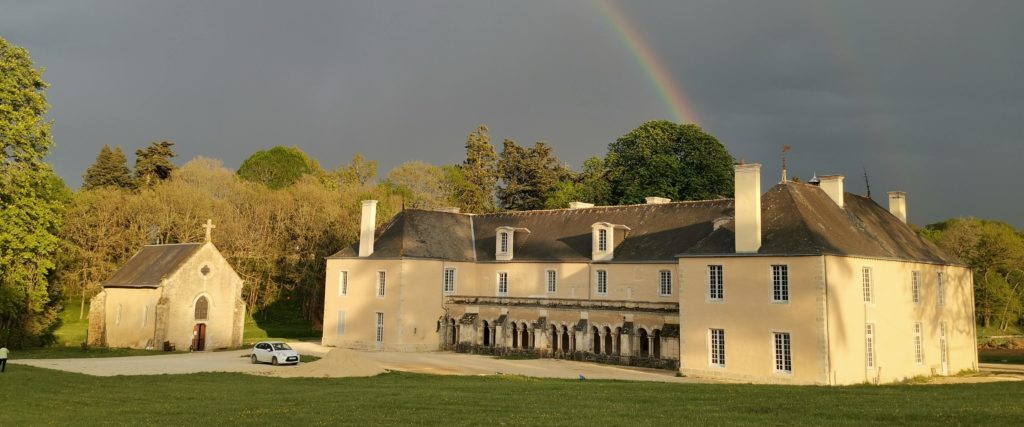
An Evocation and a Short History of Bonnevaux
By Roland Ashby*
Visible Signs of an Ancient Past
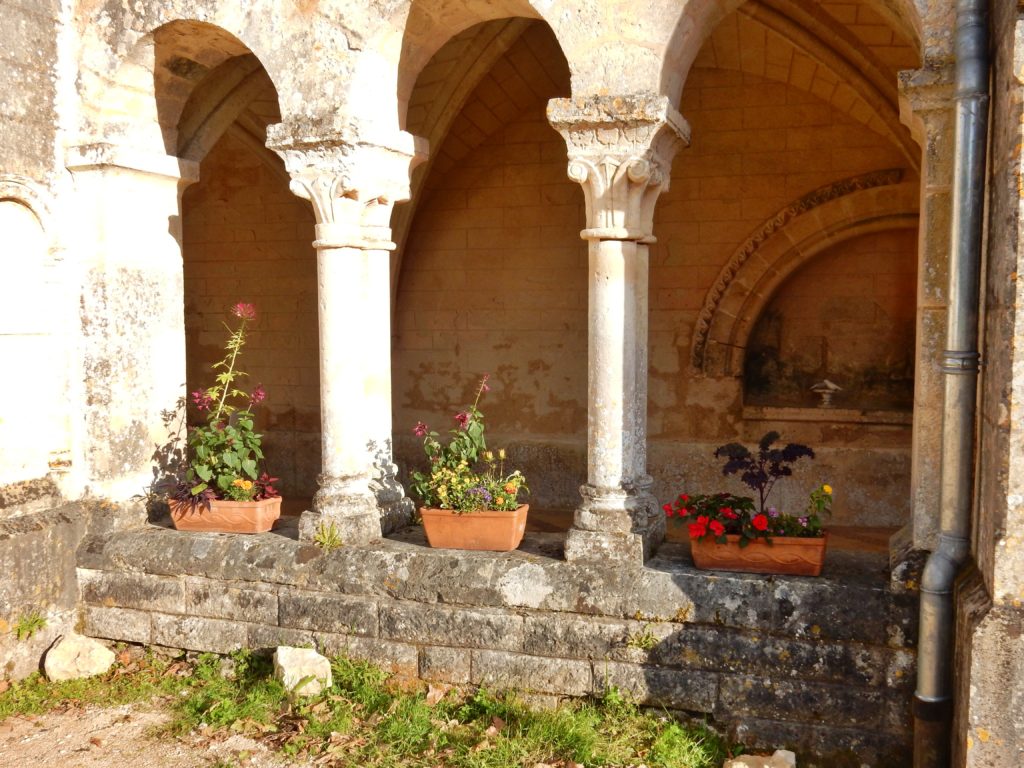
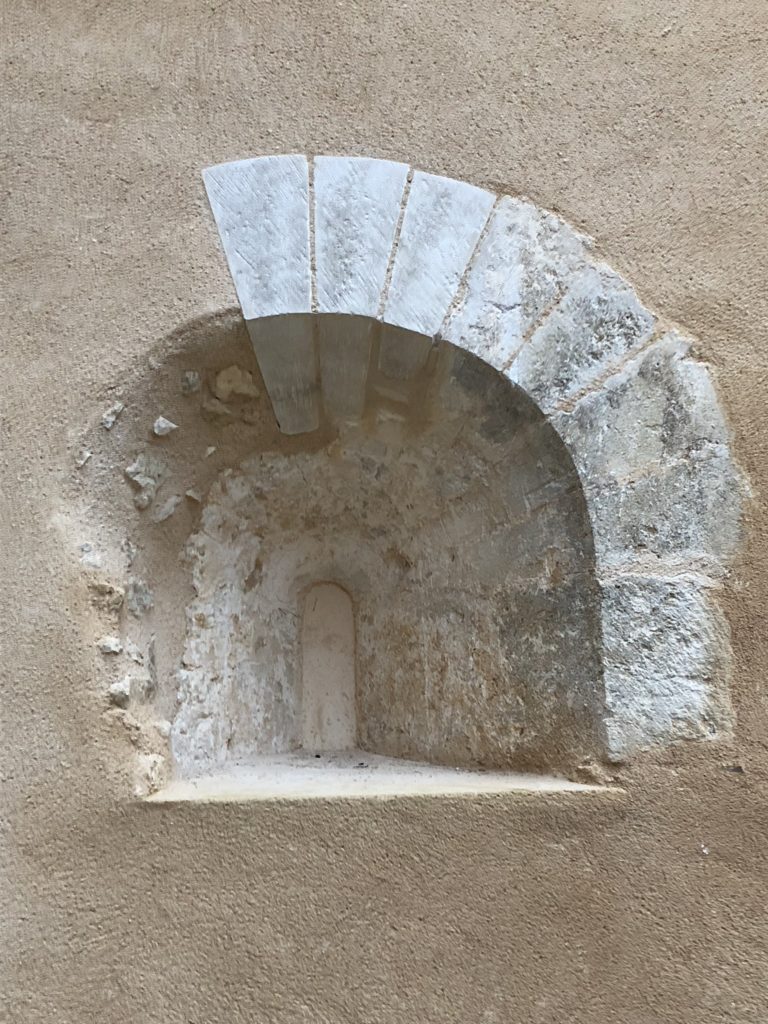
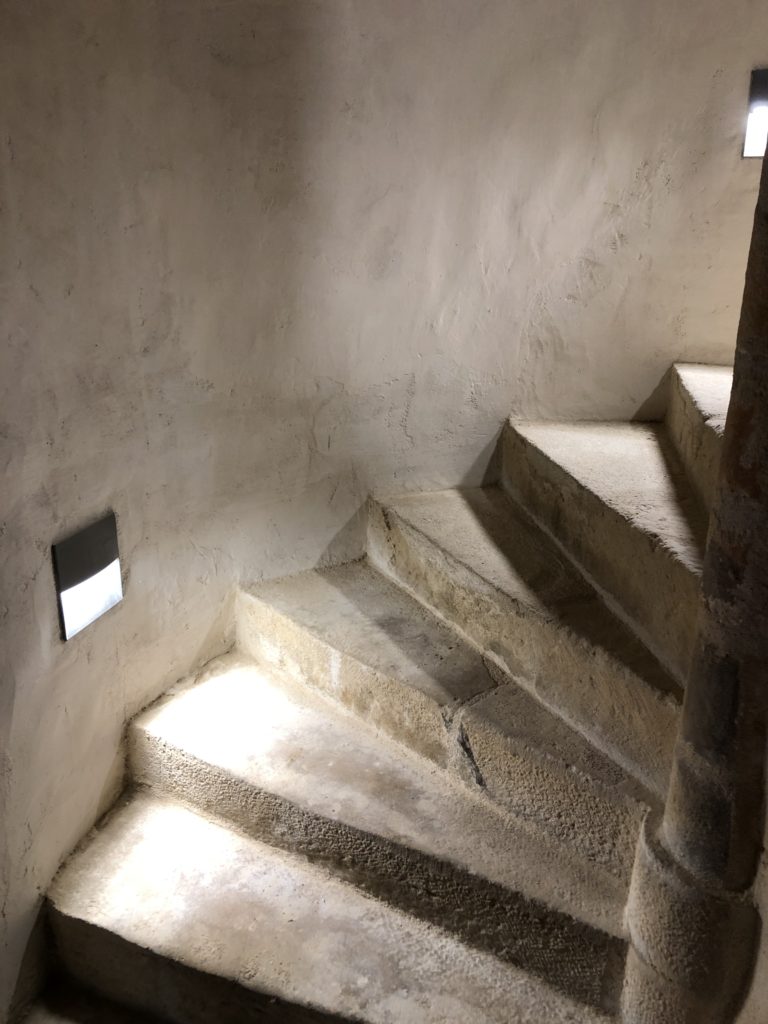
It doesn’t take long to fall under the spell of the timeless beauty and stillness of Bonnevaux, which derives its name from Bonne Vallée (Good Valley). On entering its 65 hectares one is quickly enchanted by lush verdant woods echoing with the calls of the cuckoo, sweeping meadows of wild flowers and grasses, and a stream festooned with water lilies gently flowing into a lake where yellow iris grow in profusion and frogs sing in praise.
The Celts would call it a ‘thin place,’ a place where only a thin veil seems to separate heaven and earth. And it is this very quality which seems to have attracted seekers of God over many centuries, possibly going as far back as the 4th-6th centuries.
In addition to what remains of the cloister, one of the most evocative reminders of Bonnevaux’s monastic past is the spiral staircase, between the kitchen and refectory. The feet of generations of monks formed such a deep impression in the narrow stone steps that wound their way to the monks’ dormitories that the steps were unsafe until recently restored.
And just as when the cleaning and restoration of an old master can reveal vibrant colours that have remained hidden, so architect Monsieur Bernard Ruel’s uncovering of centuries-old stone arches, around what would have been ancient doorways and windows, has allowed the stones to breathe again, and to honour the memory of those who dedicated themselves to placing God at the centre of their lives.
Other fascinating historical features include a well in the Abbey’s West Wing, in what is now the refectory, and an enormous fireplace in the Abbey’s East Wing. It is not difficult to imagine monks and visitors warming themselves by the fire on a cold night; and many of the visitors would have been pilgrims walking the famous and ancient pilgrimage route of the Camino de Compostela, or Way of St James, which passes close by the Abbey.
Benedictine monasteries traditionally had a calefactory, or warming room, so this might well have been a place where guests could be welcomed and offered Benedictine hospitality, a hospitality requiring no less than to receive each guest as Christ himself. This area could also have contained a bakery, a kitchen or a brewery.
Also bearing witness to lives lived for God in this place are several magnificent trees, planted by the monks of Bonnevaux. Among them are Horse Chestnuts, Oaks and Plane Trees, which have kept watch over the Abbey for hundreds of years.
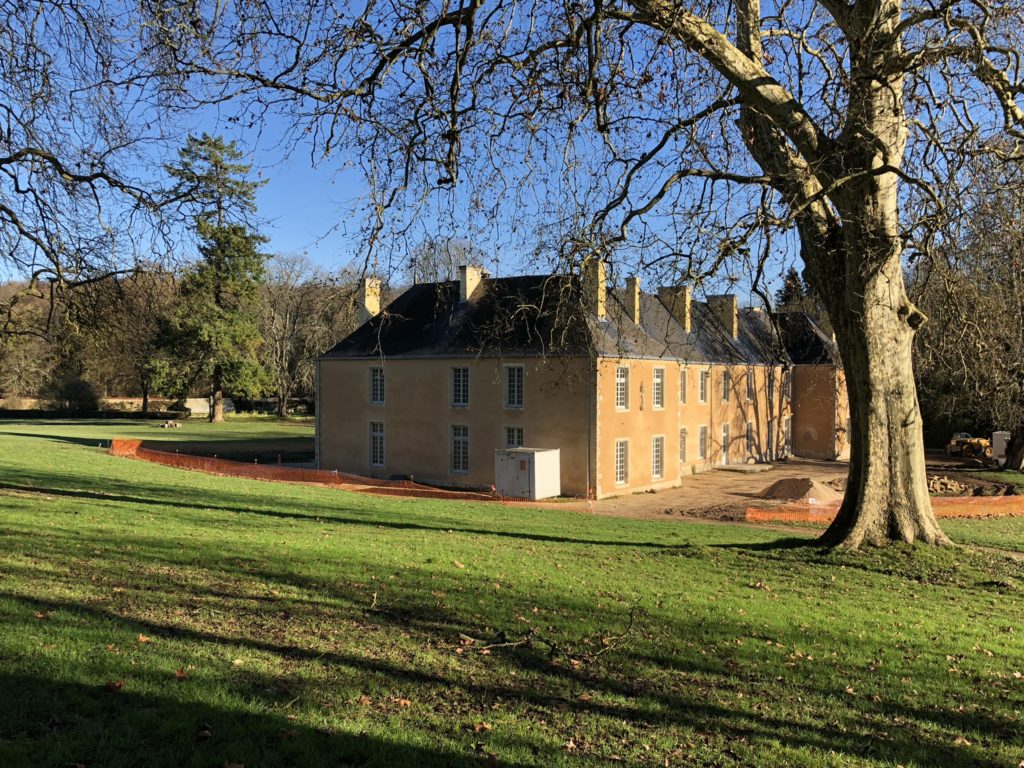
Abbaye de Bonnevaux: early beginnings
Dom Chamard, who was a monk and historian at the nearby Abbey of Ligugé in the 19th century, has written that St Avitus (AD 490-518) sought to live at Bonnevaux because of its profound silence and solitude, and that its monks were disciples of St Martin of Tours (who founded Ligugé). St Avitus, who came from a prominent family closely related to the Emperor Avitus, was a distinguished bishop of Vienne. Dom Chamard writes that he was welcomed with great joy by the monks of Bonnevaux. After a certain period of time, however, he yearned for even greater solitude, so the Abbot gave him a piece of land where he could live as a hermit [1].
According to Roger and Rolande Duputié in their book Marcay au Fil du Temps, (1995), Dom Chamard (in his book Histoire Ecclésiastique du Poitou du Vème au VIIème siècle) also cites Bonnevaux “as a monastery of certain importance (probably founded by St Martin himself) who would have welcomed in 509 its hero (St Avitus), and where he would have been hosted for several years”.
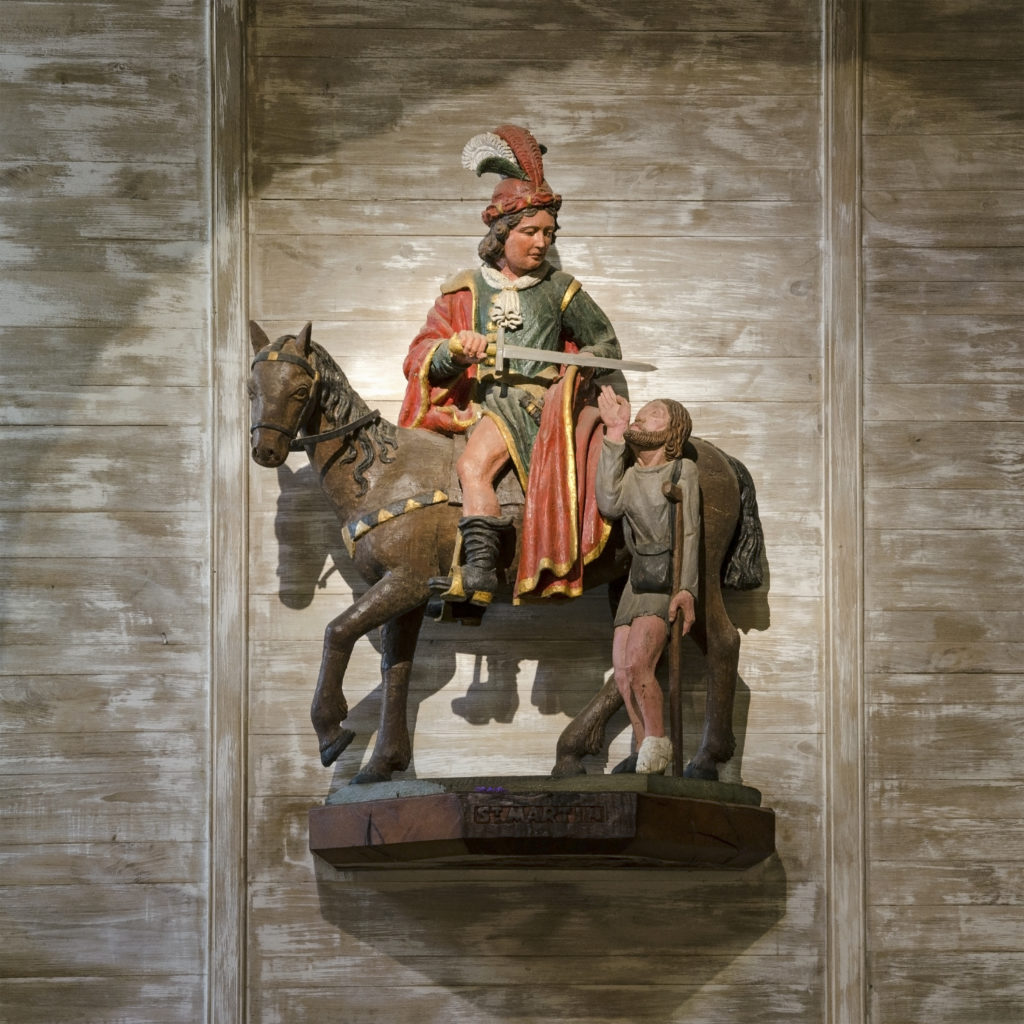
St Martin of Tours and St Avitus were both leading religious figures of their time. St Martin, who as a Roman cavalry officer famously cut his cloak in two to share it with a beggar, and later in a vision saw the beggar as Christ himself, founded Ligugé in 361, one of the earliest monastic foundations in Europe, and also became the third bishop of Tours in 370. (There is a charming story that he was so reluctant to become a bishop that when people arrived to take him to the consecration he hid in a barn, but the cackle of geese gave him away. Another colourful detail about him is that some thought his dishevelled appearance made him unsuitable for a bishopric). St Martin was a disciple of another important figure of this period, St Hilary of Poitiers, who defended Trinitarian orthodoxy against the Arian heresy that Christ was subordinate to God [2]. St Avitus was also a rigorous defender of trinitarianism.
It is interesting to note that St Martin became a hermit when he left the cavalry, and that at first the monks of Ligugé lived as hermits, in the manner of the Desert Fathers and Mothers. As Ligugé is quite close to Bonnevaux, it seems possible that some of them may have lived in or near Bonnevaux. A local resident near Bonnevaux has also told WCCM Director Fr Laurence Freeman that there was an ancient tradition that the early monks of Ligugé who desired a more solitary life moved to Bonnevaux.
Lending credence to the view that Bonnevaux’s monastic beginnings were much earlier than 1119, the official foundation date of the Abbey, was the discovery of a treasure trove of 5000 silver pieces, (some of which go back to the 6th century, and the most recent of which is dated at 870), when the abbey church was demolished in 1854. The coins had been hidden in a wall of a much older building which seems to have been partially preserved during the construction of the new church circa 1119.
The fact that the most recent coin was dated at about 870 is also interesting. Vikings were invading France at this time, which could explain why there was a need to hide the treasure, and abandon the site.

Abbaye de Bonnevaux
The establishment (or perhaps re-establishment) of a monastic settlement began ca.1119 when the Benedictine Abbey of Cadouin in Perigord received a donation from Hugues VII of Lusignan, and his wife Sarrazine, on the condition that an abbey be founded at Bonnevaux.
Accordingly, circa 1119, a band of monks from Cadouin, led by Géraud de Sales, came to Bonnevaux to establish a new abbey. The Duputiés describe Géraud de Sales as a “holy man” who as a child had “been formed among the disciples of St Avitus, at the abbey of the same name, very near Cadouin and Sales, where he was born. After founding the Abbey of Cadouin in 1118, he created Bonnevaux and the neighbouring abbeys of Pin, Absie and Châtalliers, where he died on 20 April 1120.[3].
The Abbey church would have been late Romanesque in style, similar to the one which can still be seen at Fontaine-le-Comte [4], as evidenced by traces of round arches throughout the chateau.
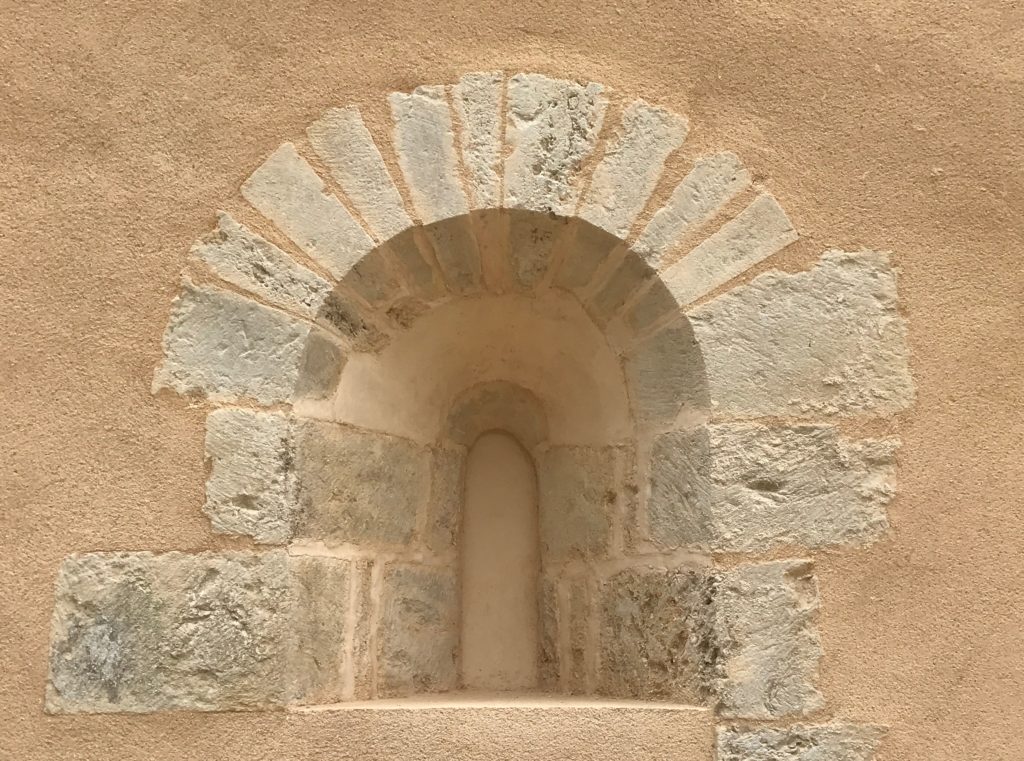
The remaining side of the cloister at Bonnevaux today comprises elements of 12th century (columns and arches), 15th century (vaulted ceiling), and 19th century (tiled floor) styles.
In 1201 the Abbey of Bonnevaux followed its mother Abbey of Cadouin in becoming Cistercian. This was a reform movement – calling for strict observance of the Rule of Benedict [5]- which began when a group of monks from the Benedictine Abbey of Molesme founded the Abbey of Citeaux, near Dijon, in 1098. The term Cistercian (French Cistercien), derives from Cistercium, the Latin name for the village of Cîteaux [6].
Observance of parts of the Rule, such as the requirement that all monks undertake manual labour, had been relaxed in some monasteries. Under the reform, however, agricultural labour and self-sufficiency became hallmarks of Cistercian abbeys, together with simple but beautiful architecture. Cistercians also became known for their technological inventiveness in farming, hydraulic engineering and metallurgy.
St Bernard of Clairvaux, who joined the Abbey of Citeaux in the early 1100s, and in 1115 became the Abbot of Clairvaux, after which he was called, was a prominent and influential leader of the reform throughout Europe. As a spiritual writer and theologian of the highest stature, he describes the power of scripture in Christian prayer and especially how lectio divina, contemplative reading of Scripture guided by the Holy Spirit, was central to Christian spirituality and monastic life in particular. For both spiritual and intellectual reasons, therefore, monasteries living under the Benedictine Rule became centres of learning, art and social welfare and a major influence in the development of European civilisation.
A Monastery of ‘Some Importance’
Bonnevaux likely enjoyed a relatively stable period up until the 16th century. The Duputiés mention two details worthy of note because they suggest it was regarded as a monastery of some importance: Clement V, the first Pope of Avignon, stayed at Bonnevaux for several days in 1307 before meeting with the King of France; and Phillipe le Bel, in Poitiers, where “the condemnation of the Order of the Templars was decided[7].” A report about the foundation of the University of Poitiers by Charles VI in 1432 makes reference to “John, Abbot of Bonnevaux [who] is renowned for his great knowledge.” [8].

In the 16th century the Wars of Religion brought damage or destruction to many monasteries in France. According to the Duputiés the Abbot of Bonnevaux and his monks joined the protestant Hugenots. “[Abbot] Guichard de Saint Georges, who, embracing the Protestant religion, was with his brothers among the Huguenots who made themselves masters of Poitiers in 1562, (where the body of Saint Radegonde, still intact after 10 centuries, was burned), which did not prevent partial destruction of the abbey during these wars of religion.” [9]
Parts of the abbey and cloister may have been destroyed around this time, as the demolition of the abbey church in 1854 showed evidence of reconstruction following this period.
According to the Duputiés, Abbot Jacques Ie Garnier succeeded Guichard de Saint Georges, and restored Bonnevaux’s reputation, presumably returning it to the Roman Catholic faith and the Cistercian order. Garnier, the Duputiés write, was “squire, canon of Notre-Dame de Paris… He was at the same the treasurer of Saint-Hilaire-le-Grand, an eminent post he retained for 42 years. He was buried in the church of Bonnevaux, the slab still exists and bears, in Latin, an inscription which reads as follows:
Stop, traveller and pray for the deceased
Here lies Rev. Jacques Garnier, priest,
Very deserving treasurer of Saint-Hilaire Le Grand in Poitiers,
Chancellor of the illustrious academy,
Auditor of the Archbishop of Bordeaux
In Poitou, Saintonge and Angoumois;
And at the same time very vigilant Abbot of Bonnevaux.
He died at the age of 87, on August 11, 1567,
Full of years and Virtues.” [10]
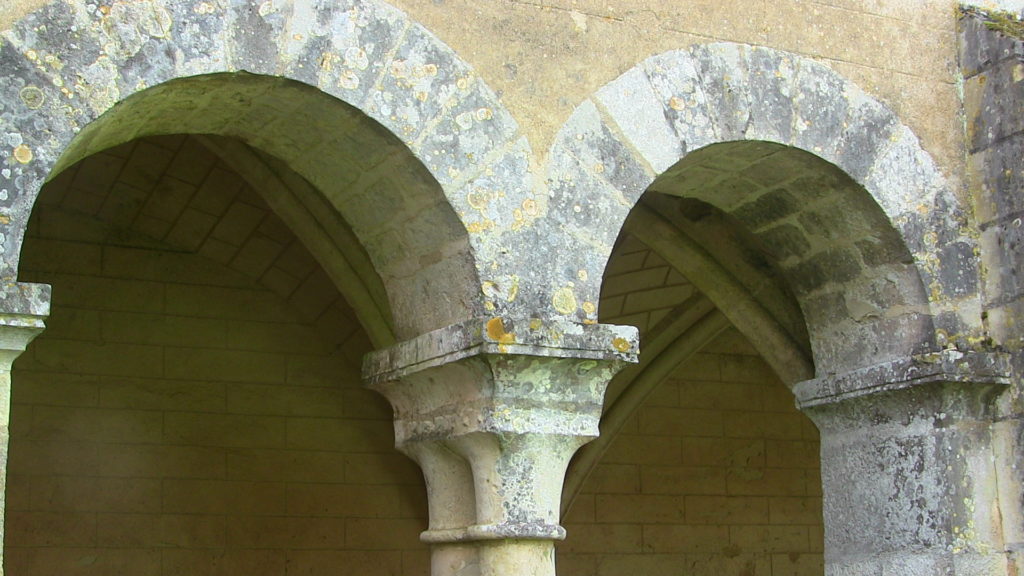
Bonnevaux and the French Revolution
The next great upheaval came with the French Revolution in 1789. But, by this time, the monastery had already undergone considerable decline, with only two monks still in residence. Monasteries were destroyed or sold throughout the Revolutionary period.
In 1791 Bonnevaux passed into private hands. The property then comprised 464 hectares and included Beauvais, The Vieille Grange, Moulin-Garnier and La Cadoue.
In 1854 the abbey church and three sides of the cloister were demolished. Many of the stones from the abbey church are thought to have been used in the building of the chateau and stables, which date from this period. Columns from the cloister can also still be seen on the property. The present chapel, used by the Bonnevaux community today, was originally the abbey church’s sacristy.
Bonnevaux and the World Community Today

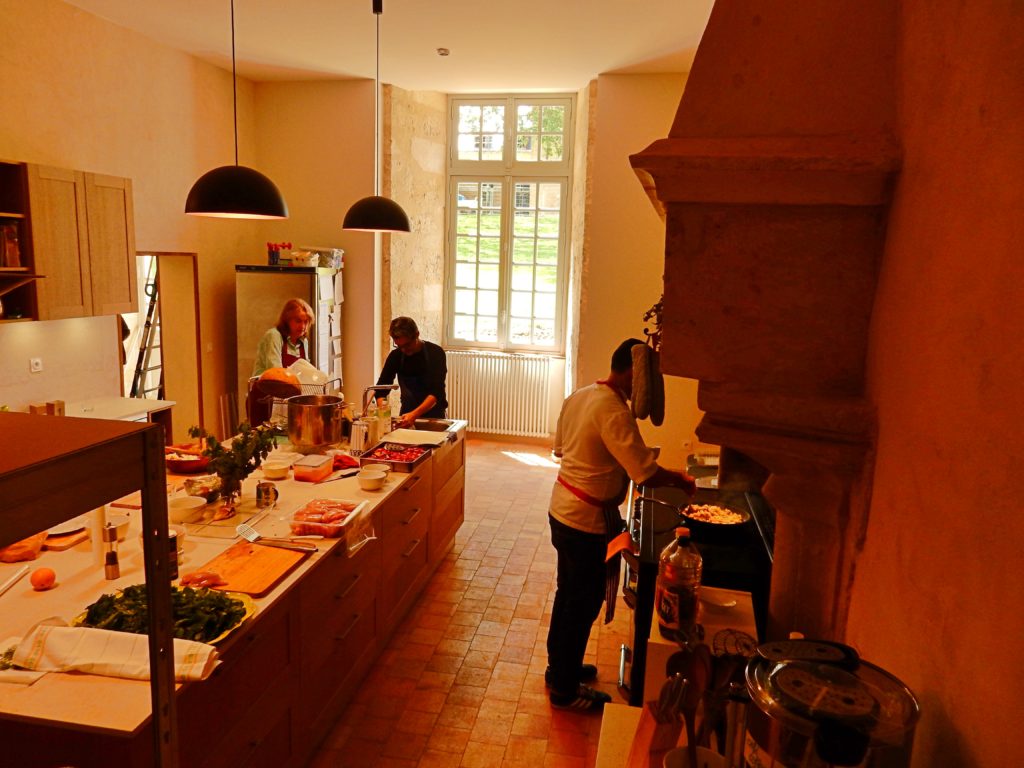

On 17 October 2017 Bonnevaux again became a Benedictine community, though of a different kind, when it was to become the international centre of The World Community for Christian Meditation (WCCM) which has strong Benedictine roots. WCCM was inspired by the teachings of an Irish Benedictine monk, John Main, and its founding Director, also an Irish Benedictine, Laurence Freeman. Some members of the resident community are also Benedictine Oblates – usually lay, but sometimes ordained, men and women who make the Rule of Benedict the guiding principle of their lives.
John Main’s great gift to contemporary Christianity has been to help it rediscover meditation in the Christian tradition following the teaching of the Desert monks of the 4th century. Laurence Freeman and the many teachers of the WCCM worldwide pass on spiritual teaching on contemplative prayer around the world in this lineage.
In 2017 WCCM purchased Bonnevaux with the help of its worldwide membership and many donors from its previous owners, Monsieur and Madame Ségeron. The Sergerons had purchased Bonnevaux in 1969 (when Monsieur Ségeron was Mayor of Marçay). Their grounds manager Jean-Christophe Chauvineau was first employed by the Ségerons in 1988 and continues to serve the land on which the new Bonnevaux Centre for Peace is situated. The previous owners had passed on a property of unique and pristine beauty, free from pesticides and pollution. This makes Bonnevaux an Eden-like sanctuary for birds and other wildlife, including deer, wild boar, badgers, white herons and black woodpeckers; and a haven for 300 species of flowers and plants, including several types of wild orchid. It is now recognised as an ecosystem of special significance. The Bonnevaux community today is committed to developing an organic form of permaculture, working with local environmental agencies to serve a ‘deep ecology’ linking care for the environment with the spiritual life.
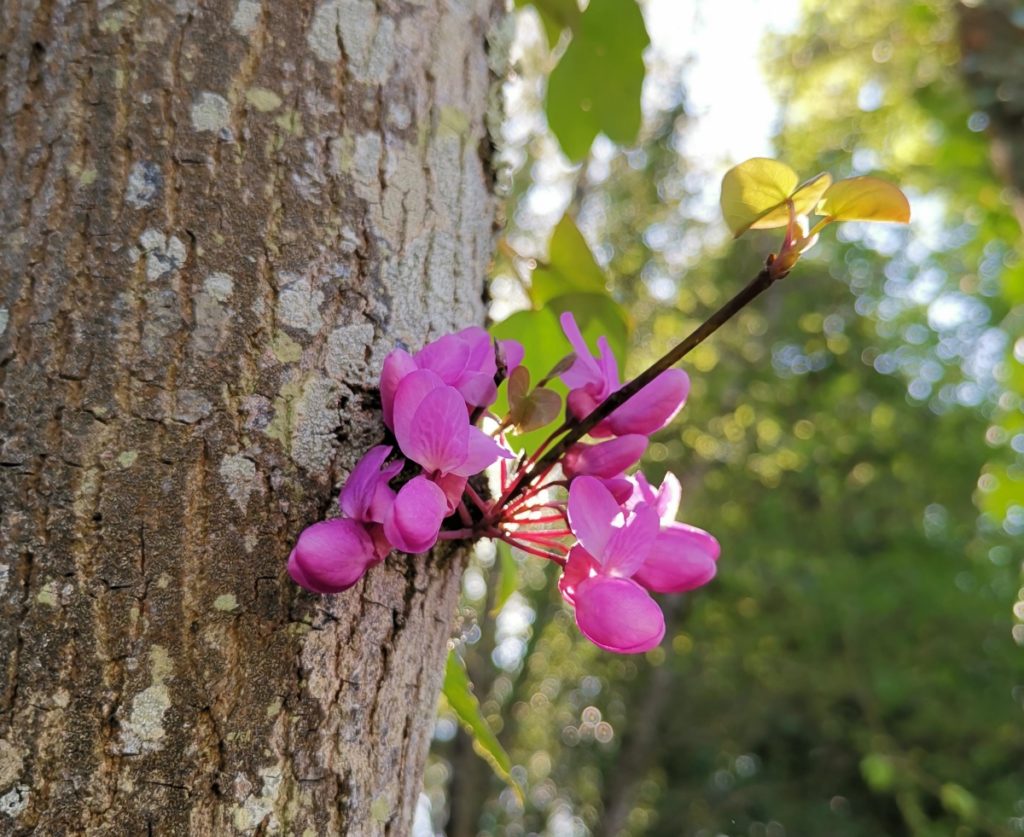

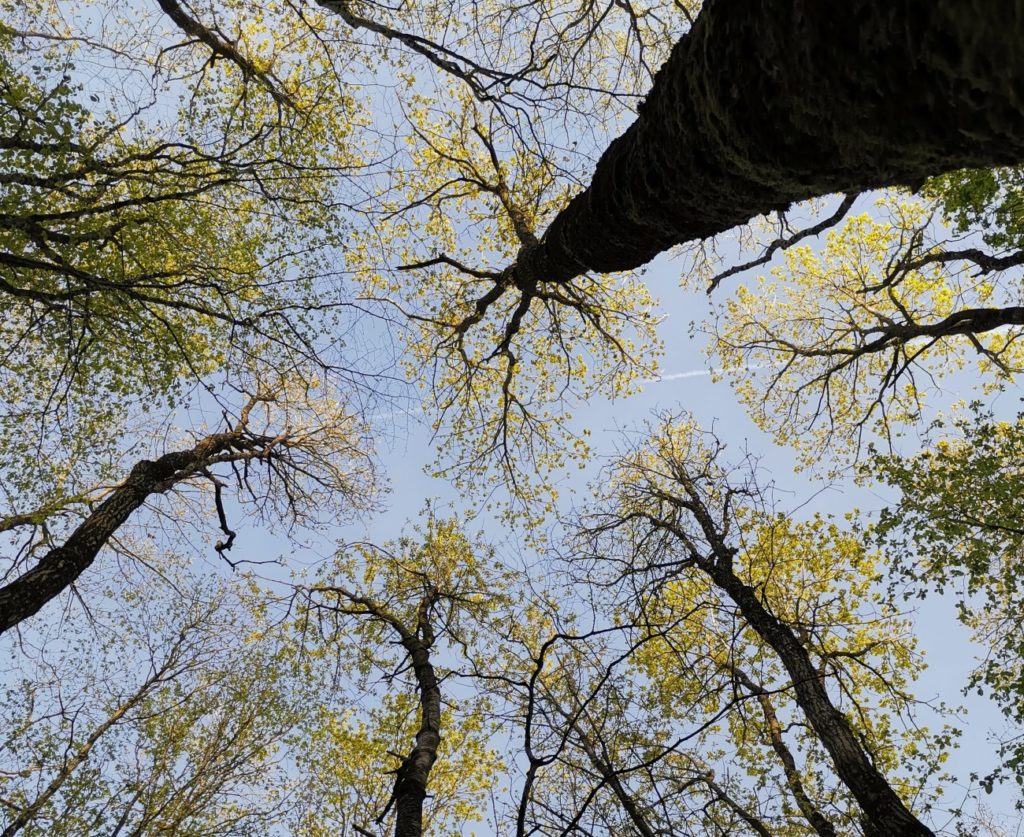
A New Kind of Contemplative Community
37-year-old Heidi, from Belgium, is one of many young people who have lived and worked at Bonnevaux as volunteers for periods of weeks or months since WCCM purchased the property and became its new stewards. She recently wrote that it would remain in her heart as her spiritual home. As a centre for the practice and teaching of meditation Bonnevaux is becoming a centre of peace and for peace in our troubled world.
Bonnevaux reflects deep ideals and a deep practice of human hope long expressed in poetry and scripture. May Bonnevaux be, for all who visit or live there a still point of the turning world (T.S. Eliot), a place to turn aside, like Moses, to the miracle of the lit bush (R.S. Thomas), where there is time to stand still and be astonished (Mary Oliver), and where we can listen to the Word, our soul will live and we will go out in joy and be led forth in peace. (Isaiah 55:3,12)
Laurence Freeman describes Bonnevaux as a “beautiful surprise”:
I used to tell people that ‘we found Bonnevaux’ once the consultation with our national communities affirmed the idea of an international home and retreat centre. Increasingly, I have come to feel that Bonnevaux found us, was waiting for a contemplative community for the 21st century to continue the life lived here from perhaps as long ago as the 5th century. Our global family has come to love Bonnevaux and the vision of it as – not only our international centre of peace but as a centre for peace for the world.
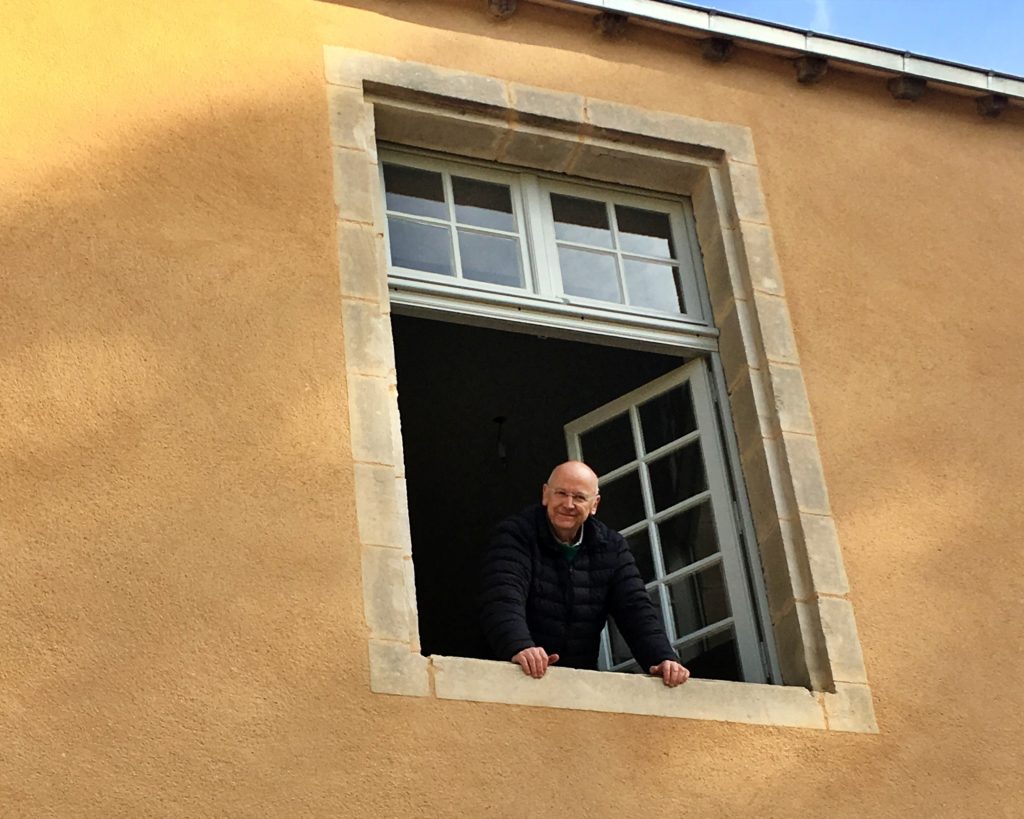
Many gestures of generosity and dedication are turning vision into reality. At the heart of all this is a simple life of a small resident community aspiring to live in the spirit of St Benedict’s Rule, in an inclusive Christian faith, doing the healing, enlivening ‘work of silence’ – our meditation together morning, noon and night that is open to all, receiving guests ‘as Christ himself’, living in the present, close to the natural world, and doing what we can to serve the needs of those around us, locally and globally.
Communities, like individuals, need to be grounded in their own time and in a particular place. That’s the sense of being found which I feel here since it has become my home and it is this, I feel, that will enable us to be of service to the world.
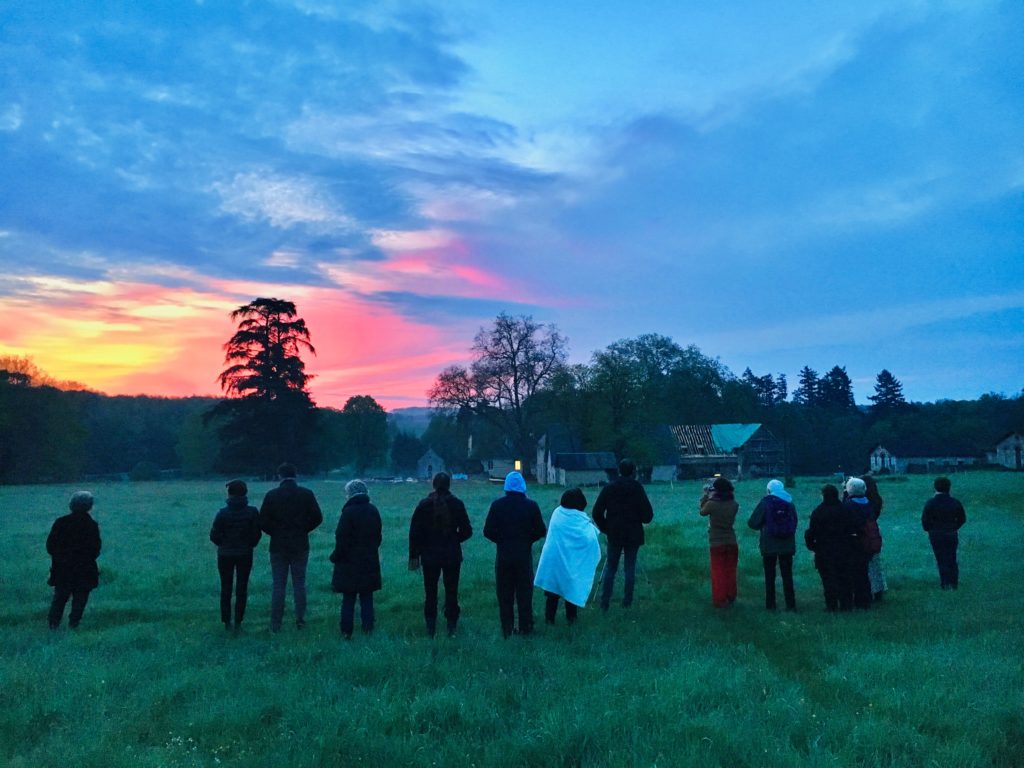
Roland Ashby
and his wife Ros, from Melbourne, Australia, spent 2 months with the Bonnevaux community in 2019. This article evokes something of that experience and offers a short history of the ancient site on which the present centre stands. A 12th century Benedictine, later Cistercian monastery was founded there in 1119 but evidence suggests a much older presence of monastic, contemplative life on this sacred and beautiful site now adjusting to meet the spiritual needs of the 21st century.
Footnotes
1
From Dom Chamard’s Histoire Ecclésiastique du Poitou du Vème au VIIème siècle, which has been published in the Mémoires de la Société des Antiquaires de l’Ouest (1873-1878-1889) which are available online.
2
The Collins English Dictionary states: “the doctrine of Arius, pronounced heretical at the Council of Nicaea… asserted that Christ was not of one substance with the Father, but a creature raised by the Father to the dignity of Son of God.”
3
Roger and Rolande Duputié, Marcay au Fil du Temps, (published 1995), p58
4
Ibid., p64
5
The Rule of Benedict is a ‘radically moderate’ set of guidelines for monks living in community which became the standard Rule for western monasteries in the 7th century . Although it was written in the 6th century, its wisdom, insights and relevance – for both lay and ordained Christians – remain undiminished in the 21st century.Reflecting the revolutionary nature of the Gospel, at its heart the Rule is an invitation to place Christ, and regular times of daily prayer and lectio divina, at the centre of our lives; to receive visitors, particularly the poor, as Christ himself; to put others before self and serve them in deep humility; to show understanding, forgiveness and compassion in all of one’s dealings with others; to share possessions in common; and to create a life of balance and harmony.
6
WCCM Director Fr Laurence Freeman has written to the Abbot of Citeaux asking for any information the Cistercians may have regarding the Abbey of Bonnevaux.
7
Roger and Rolande Duputié, Marcay au Fil du Temps, (published 1995), p59
8
Ibid., p59
9
Ibid., p60
10
Ibid., 61



